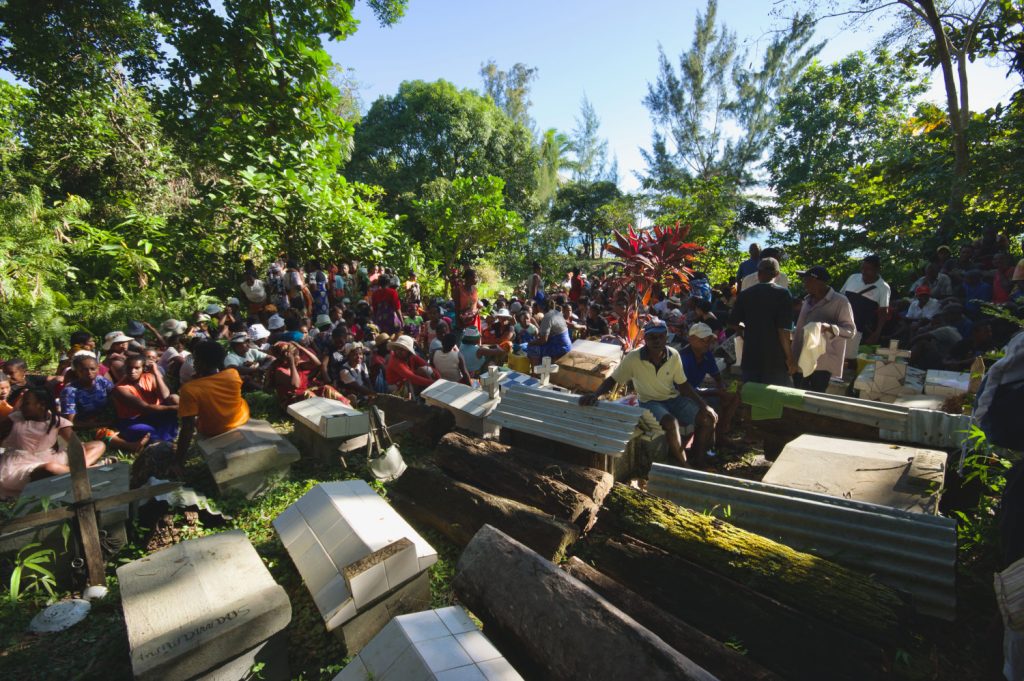
Bonjour! Another example of traditional Malagasy practice is famadihana (locally okatrarana), the ritual exhumation of human remains with reburial. We had the opportunity to observe this ceremony in the village of Ambatorao in the northern part of Sainte-Marie Island.
The event officially opens and closes with a kabary – a public speech by a group of clan (family or village) elders. During the ceremony, which is one of the oldest Malagasy traditions, the remains of a man buried five years ago are unearthed. The ritual represents the final stage of the deceased’s spirit’s passage into the afterlife and involves removing the bones from the ground, wrapping them in a pure white lamba (traditional cloth/scarf) and depositing them in a concrete sarcophagus along with rum, perfume, money and other paraphernalia. During this ritual, the remains of the other deceased were also transferred from the wooden sarcophagi to the concrete ones. This activity can only be performed during famadihana – visiting the cemetery under other circumstances is taboo. The spirit of the deceased (lolo) is active and can be dangerous to the living. Over time, it calms down, ‘neutralises’, thanks to propitiatory prayers, still performed during the official part of the famadihana – during the yoro (prayer led by a group of older men).
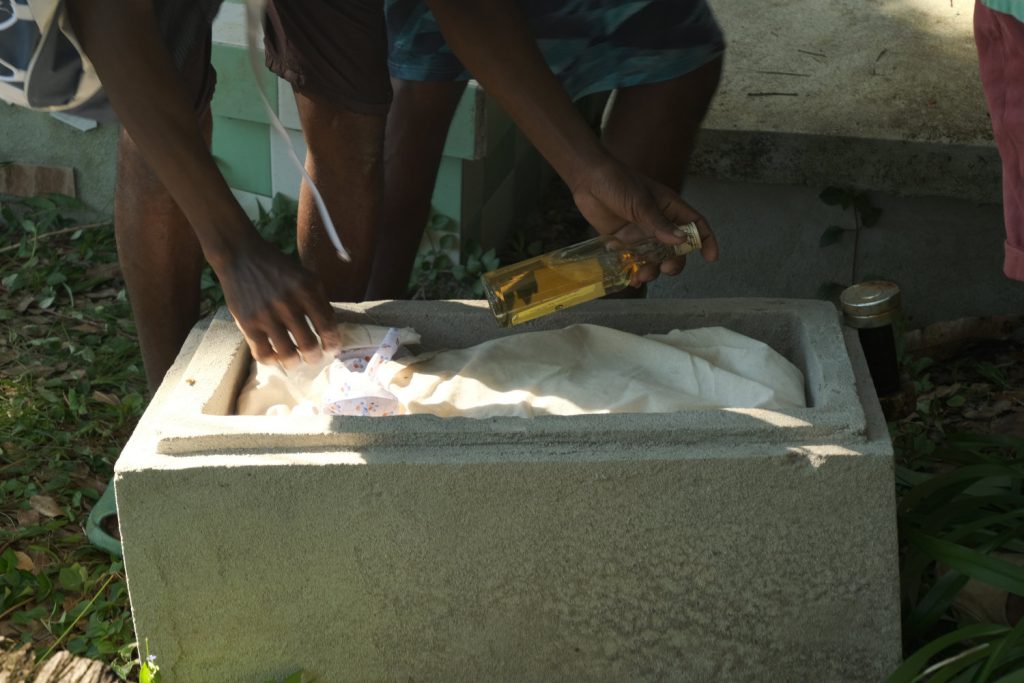
The celebration is an important part of community life, bringing together whole families. It has a cheerful character – the celebrations include dancing, singing, drinking alcohol and integration in the broadest sense. This atmosphere accompanies both the ceremonies taking place in the cemetery and the subsequent procession heading for the hosts’ house, where the official part of the ceremony ends. Afterwards, congregants continue to party all night, exhausting the stock of liquor accumulated by the family of the deceased.
In Malagasy culture, death does not represent the end of human existence – the dead are ‘still alive’ and can influence the well-being of descendants. The cult of the razana (ancestors) and their land is expressed in various activities of daily life and organises the attitude to the world around them; even those who leave Madagascar wish to return ad fontes and be buried in their native land.

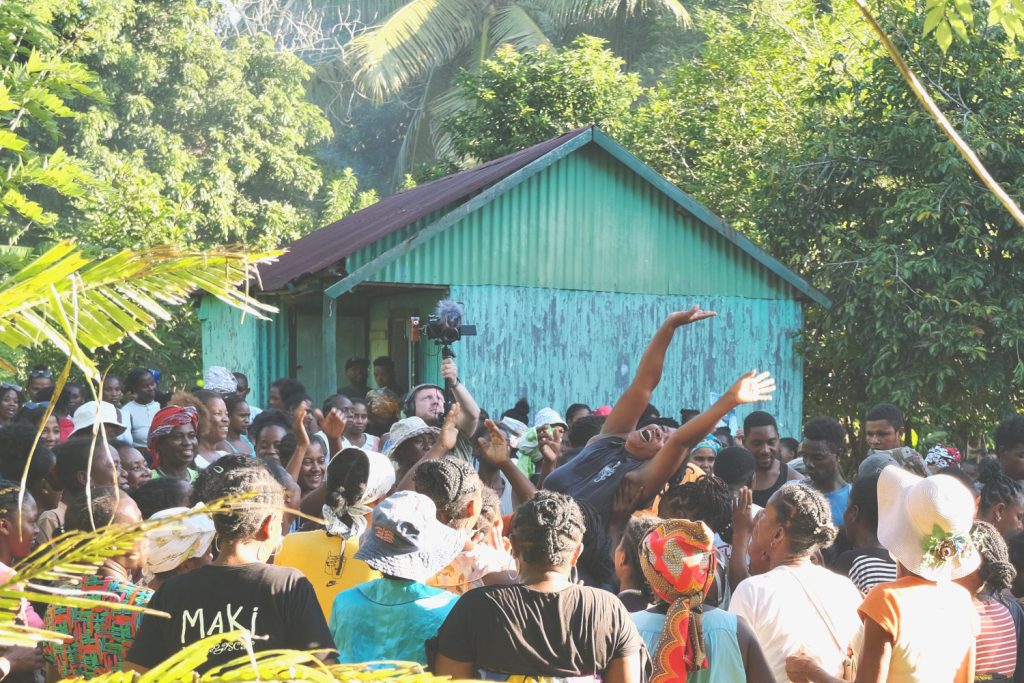
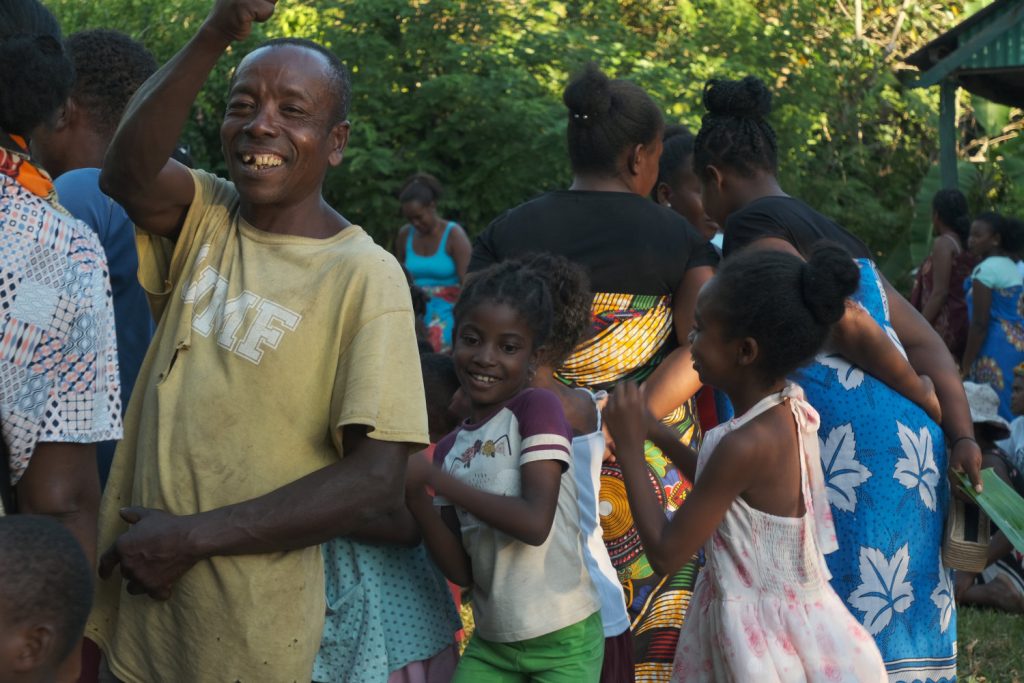
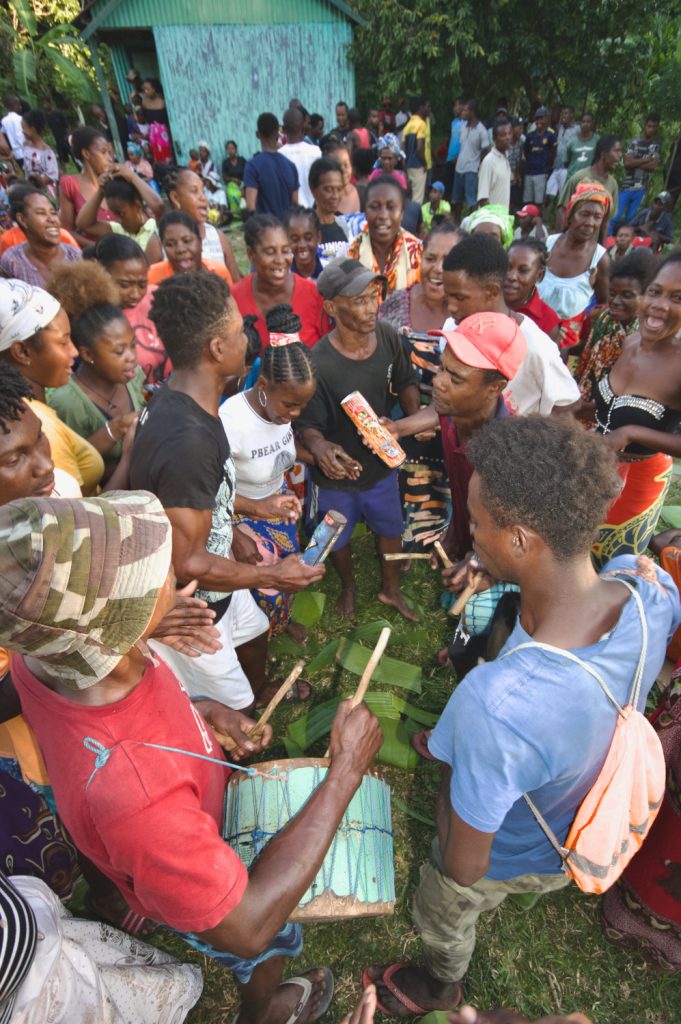
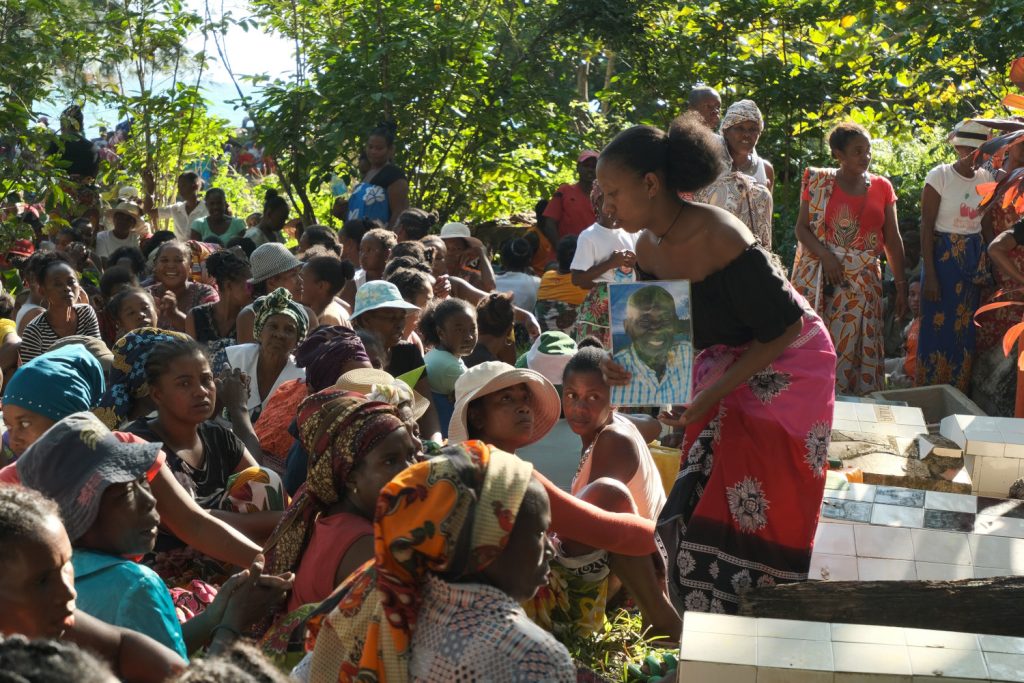
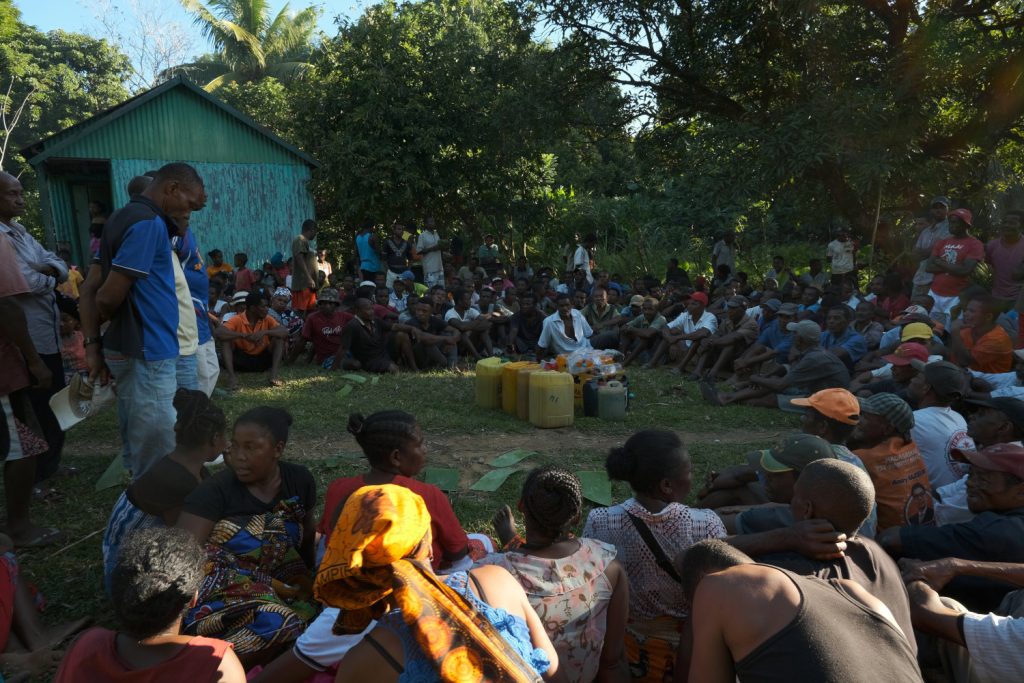
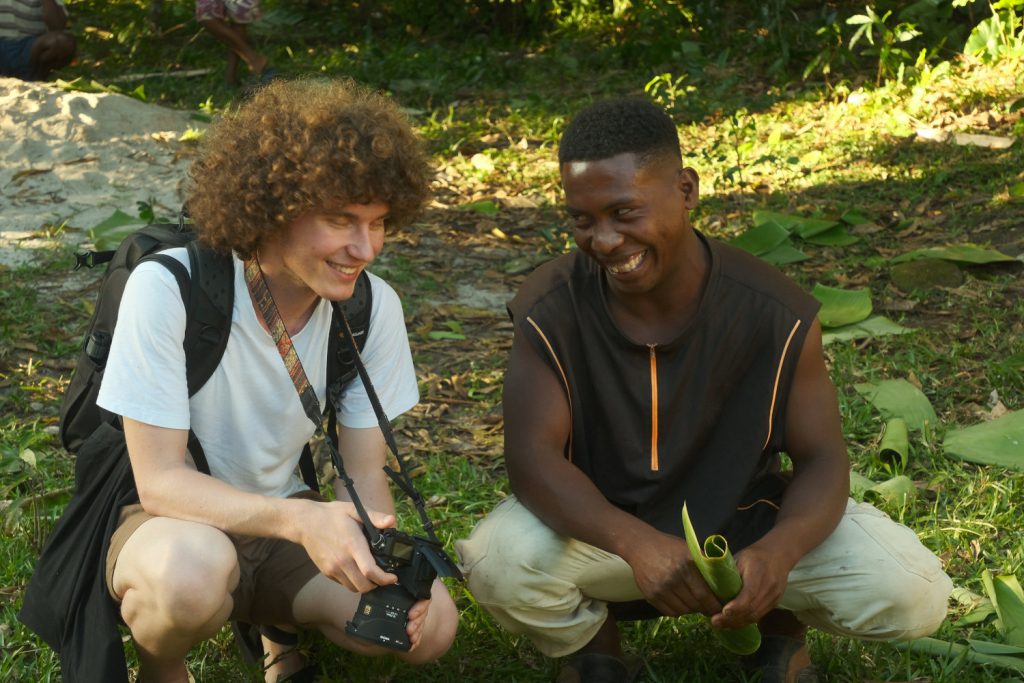
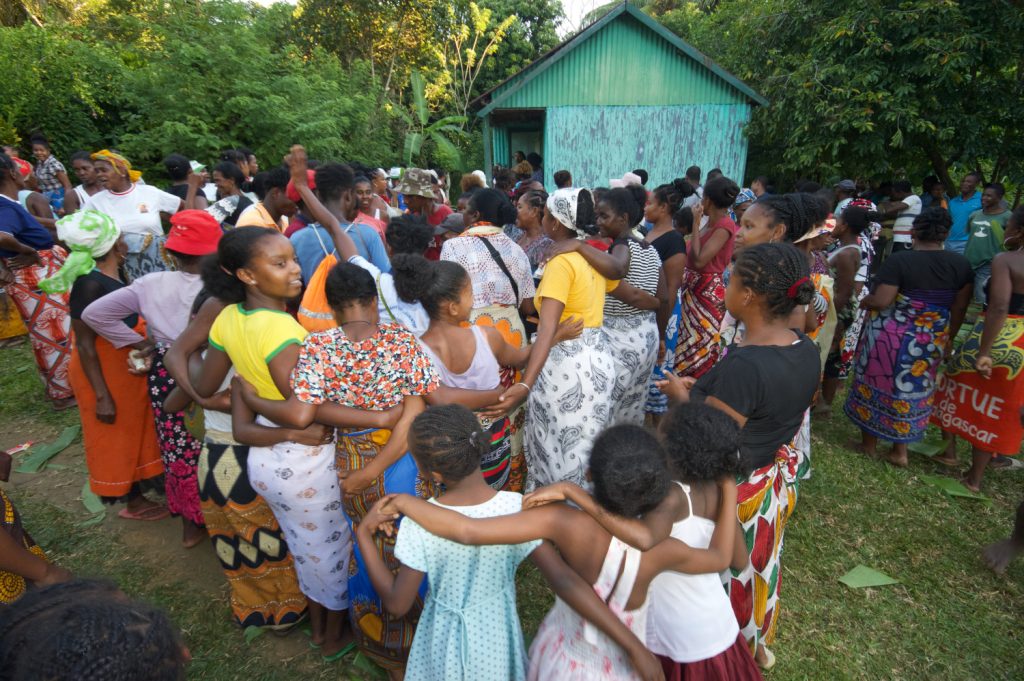
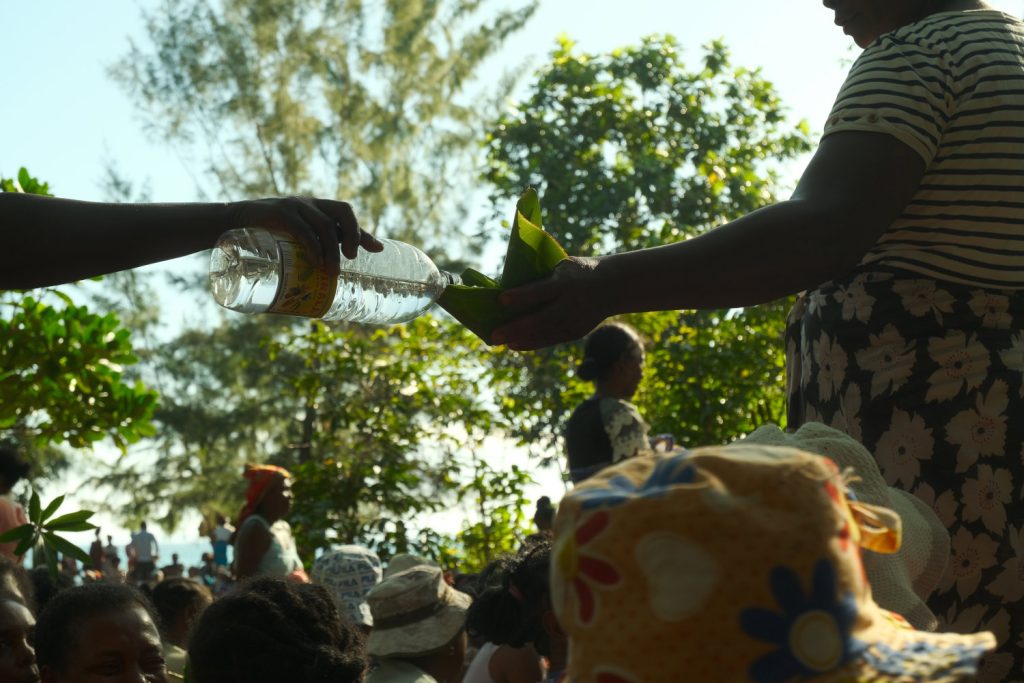

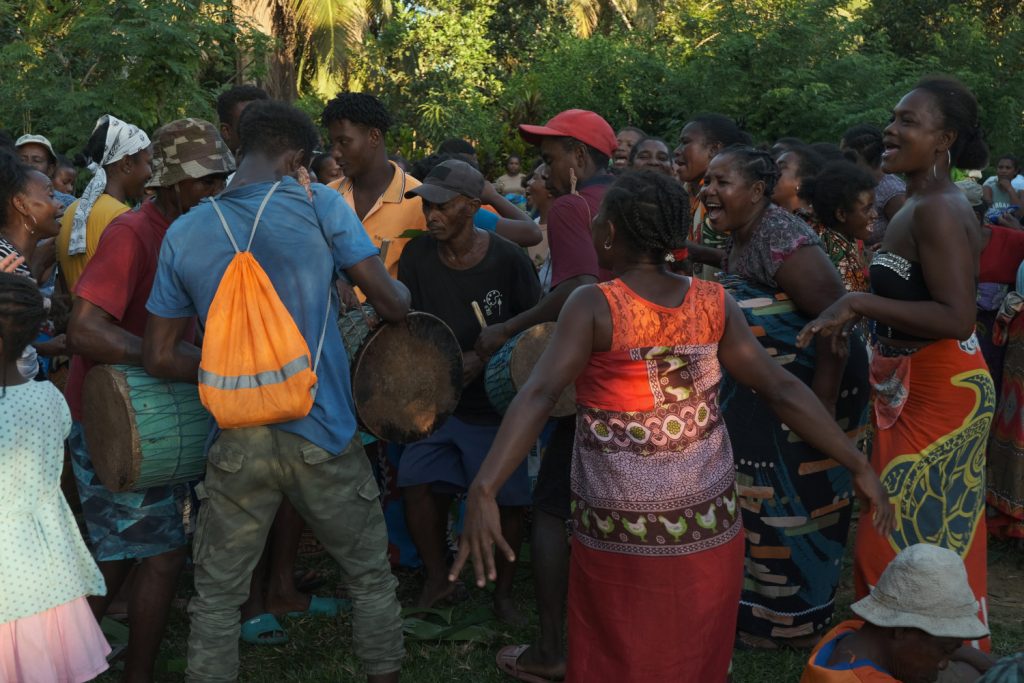
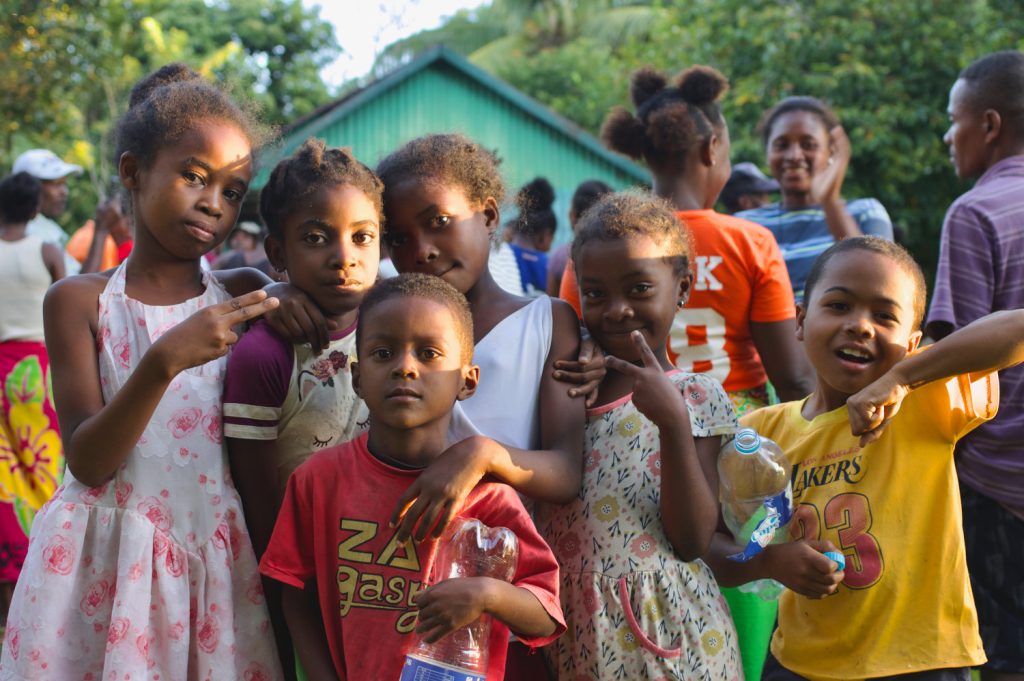

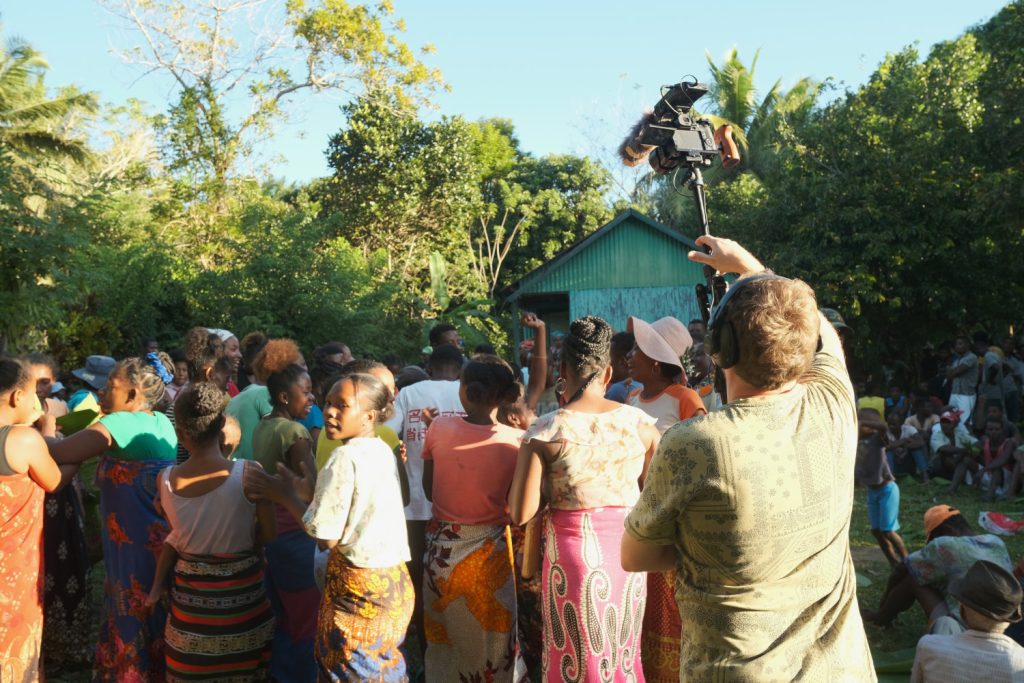
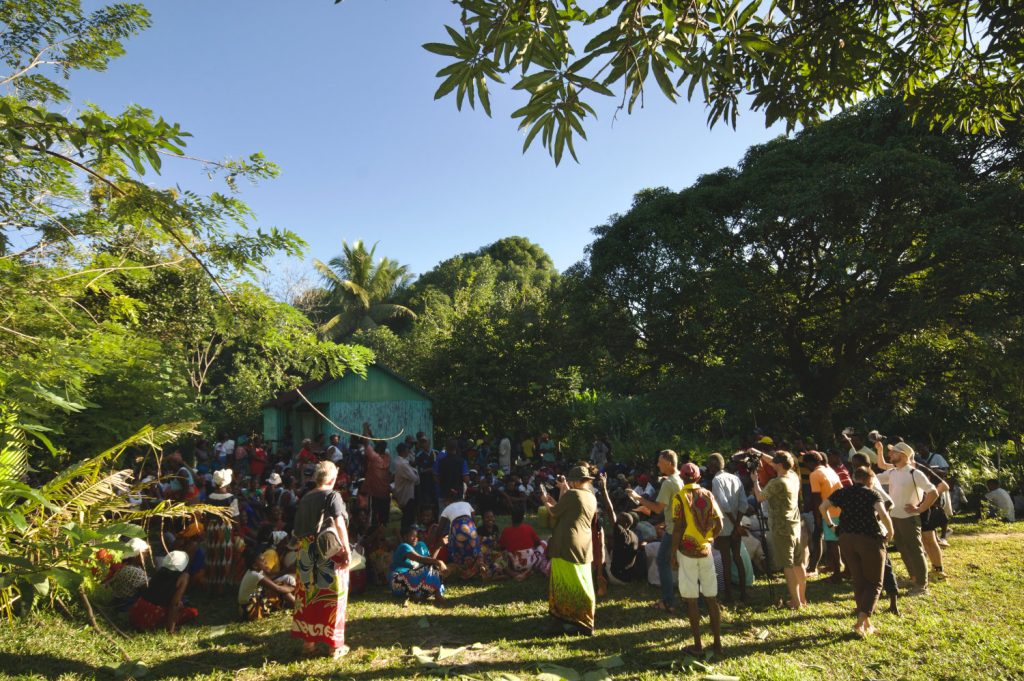
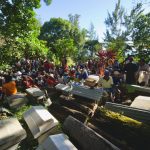
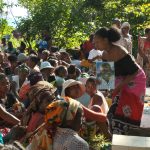
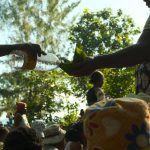
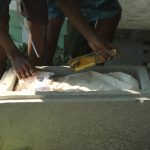

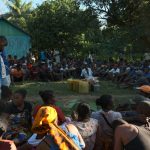
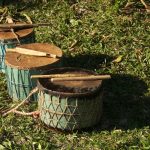
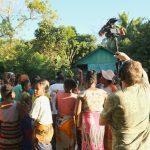

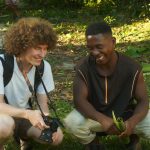

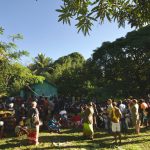
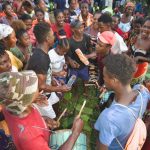


Photos by Joanna Kwapień and Łukasz Smoluch
